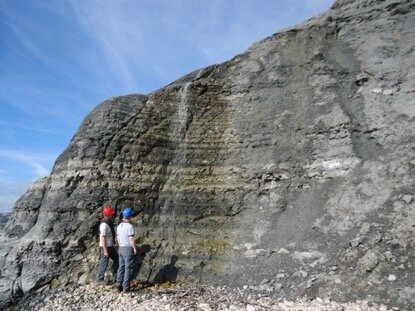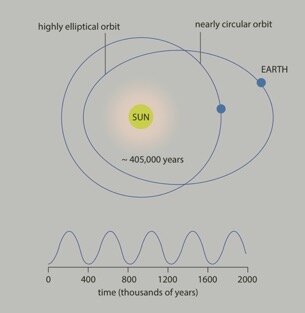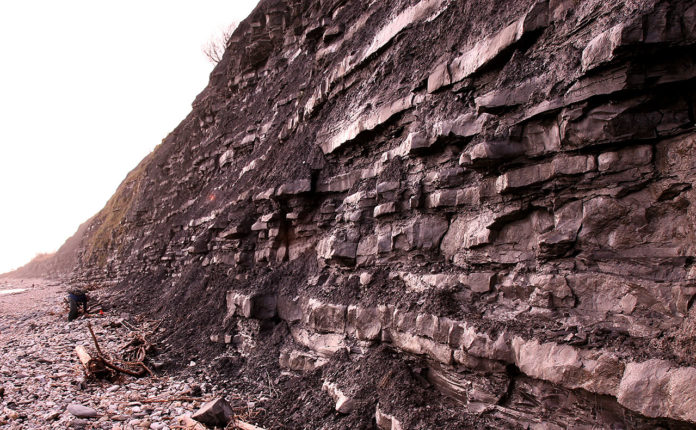Using chemical data from antiquated mudstone deposits in Wales, an international team including researchers from Trinity College Dublin found that periodic changes in the shape of Earth’s orbits around the Sun were mostly liable for changes in the carbon-cycle and worldwide atmosphere during and in the middle of the Triassic-Jurassic Mass Extinction (around 201 million years prior, when approximately 80% of the species on Earth vanished always) and the Toarcian Oceanic Anoxic Event (approximately 183 million years ago).
The study highlights the complicated interplay of factors affecting global climate and the carbon cycle. It also sheds light on what transpired many years before spark two of the most devastating extinction events in Earth’s history.
Scientists found that volcanic activity released large amounts of greenhouse gases into the oceans and atmosphere at that time. That resulted in a significant global carbon cycle perturbations as well as global climate and environmental change.

Dr. Micha Ruhl, Assistant Professor in Sedimentology at Trinity, said:
“Our work shows that for the 18 million years or so in between the Triassic-Jurassic mass extinction and the Toarcian Oceanic Anoxic Event, Earth’s global carbon cycle was in a constant state of change.”
“Periodic changes in the shape of Earth’s orbit around the sun impacted on the amount of energy received by Earth from the sun, which in turn impacted climatic and environmental processes, as well as the carbon-cycle, on local, regional and global scales.”

“Although this phenomenon is well known for having caused the glacial cycles in more recent times, the present study shows that these external forcing mechanisms on Earth’s systems were also operating, and controlling Earth’s carbon cycle in the distant past, even during non-glacial times when hot-house climate conditions marked Earth.”
Scientists studied past global change events, such as the end-Triassic mass extinction and the Toarcian Oceanic Anoxic Event. They also examined the time duration between both events. This study enabled scientists to disentangle the different processes that control global carbon cycle change and constrain tipping points in Earth’s climate system.
The study is published in the journal PNAS.
